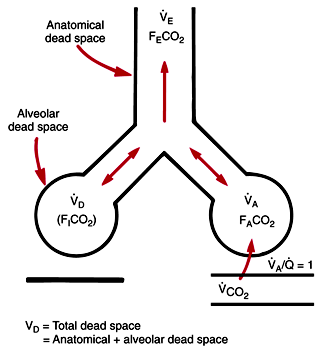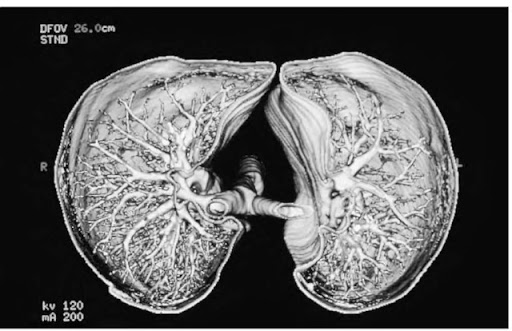

Both the terminal bronchiole divide to form the respiratory bronchioles, containing a small number of alveoli. The terminal Bronchiole is the farthest segment of the conducting zone, branching off the lesser bronchioles. Alveoli become present only when the conducting zone changes into the respiratory zone. The bronchioles keep getting smaller as they divide into terminal bronchioles, marking the end of the conducting zone. The inner lining of the bronchioles is thin, and has no gland, being surrounded by a smooth muscle. These bronchioles rely on elastic fibers, instead of a hyaline cartilage in order to maintain their patency.

The epithelium changes from a simple ciliated columnar epithelium to a simple ciliated cuboidal epithelium, as the bronchioles keep decreasing in size. These are different from the tertiary bronchi, where their walls do not have hyaline cartilage ( a cartilage that is transparent) and have club cells ( dome-shaped cells found in the bronchioles of the lungs) in their epithelial lining. The tertiary bronchi divide into bronchioles. These give rise to the secondary bronchi., which in turn gives rise to the tertiary bronchi.

Structure Of The BronchiolesĮach lung has a primary Bronchi, the left, and right Bronchus. The diameter of the bronchioles is said to be below 1 mm, though the size can vary from 5 mm to 0.3 mm. It is a very small branch of air tubes inside the lungs, which happens to be a continuation of the bronchus.


 0 kommentar(er)
0 kommentar(er)
